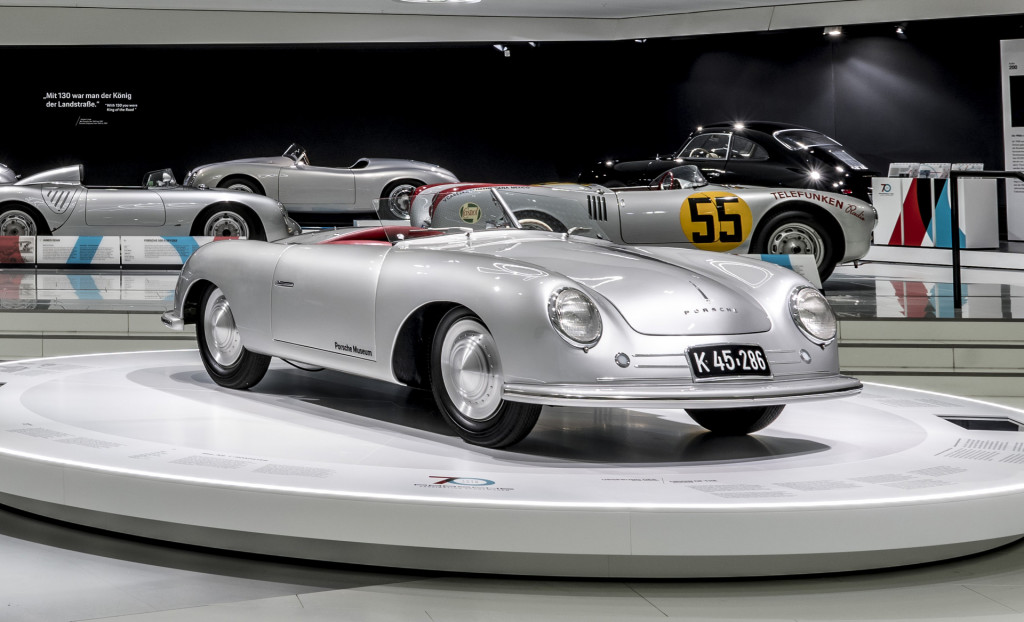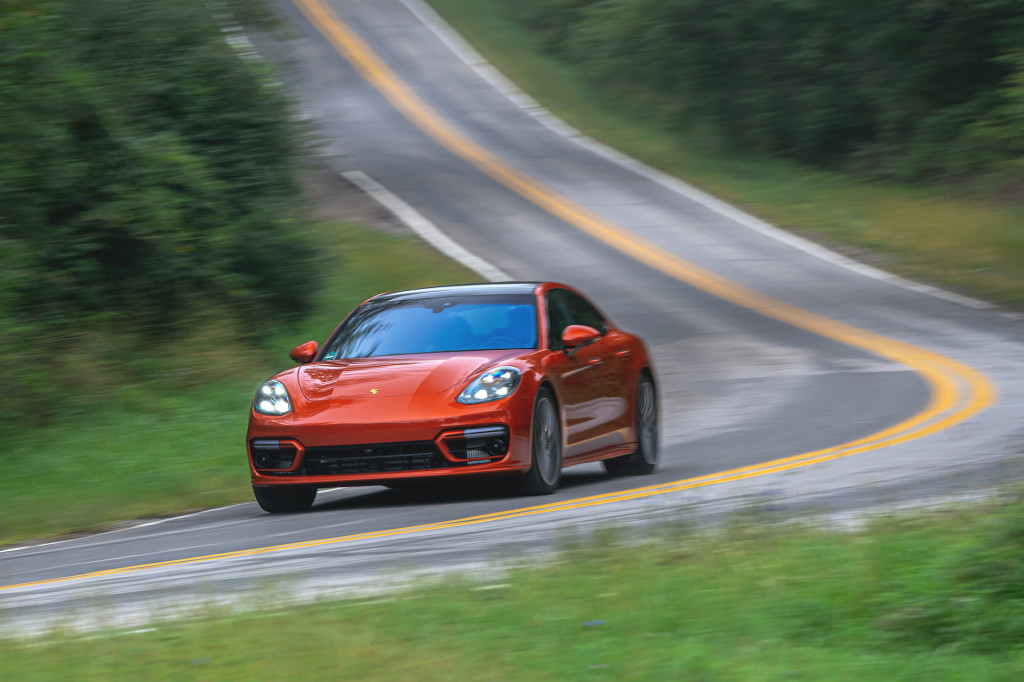Every automaker has its own internal jargon identifying different models, but Porsche's is more elaborate than most. So the automaker recently laid out the meaning behind the combinations of letters, numbers, and abbreviations that form the internal names of many of its cars, and explained how it started using the alphanumeric system in the first place.
The numbering system that gave us the 356, 911, and others started in 1931, when Ferdinand Porsche decided to start giving each new project for his engineering firm a consecutive number. The first vehicle under this system (a sedan for German automaker Wanderer) was actually numbered seven, while the type 60 became the original Volkswagen.

1948 Porsche 356 Roadster No 1
On June 8, 1948, Porsche reached number 356, which became the first sports car under the company's newly launched production-car division. Porsche retained the system for subsequent models, such as the 550 Spyder.
As Porsche began considering more collaboration with Volkswagen, however, it ran into a problem. Porsche's numbering system clashed with VW's. The solution was to start numbering Porsches in the 900-series, which hadn't been used by VW yet. That led to the 901, which became the 911 after Peugeot asserted its trademark on three-digit car model names with a zero in the middle. Porsche replaced the zero with a one because the typeface had already been created.

2021 Porsche Panamera Turbo S
Porsche stuck with three-digit numbers beginning with "9" after that, eventually adding secondary numbers to denote different generations of a given model, giving us the 964, 993, 996, 997, 991, and 992 designations for the 911. In addition, Porsche has occasionally used type numbers to denote specific versions of a given model, such as the 930 911 Turbo.
Today, Porsche also has a hierarchy of variants for each model, adding Turbo, S, or GTS suffixes. And don't forget the hardcore RS versions of Porsche's sports cars, the Targa models, or the perennial Spyder and Speedster models. Porsche has shed a few of these names over the years, such as Club Sport, SC, and L, which was used for a "luxury" version of the 911 launched in 1967. Given the breadth of the current Porsche lineup, that's probably for the best.